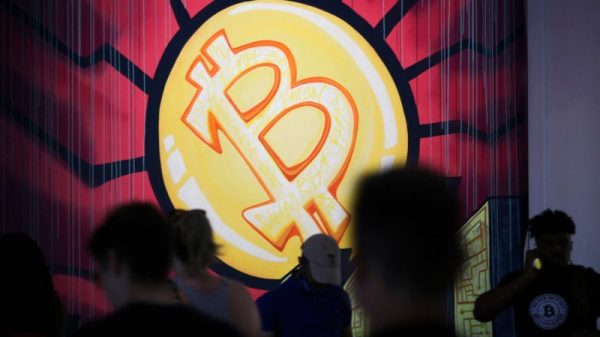Talk of the U.S. entering a recession has been swirling for at least a year now, as the Federal Reserve’s campaign to raise interest rates to combat persisting inflation bites into overall demand and investment.
To date, a full-fledged economic downturn has not yet materialized.
And on Friday, the Bureau of Labor Statistics released jobs data confirming that, at least as of last month, the recession had still not arrived: The U.S. economy added 236,000 jobs in March and the unemployment rate dipped from 3.6% to 3.5%.
It was the weakest monthly jobs gain of the post-pandemic period.
As a result, there continues to be mixed messages from experts about where the economy is heading.
In a Friday note to clients titled ‘The Calm Before The Slump,’ Pantheon Macroeconomics chief economist Ian Shepherdson signaled that Friday’s jobs data may ultimately be a final glimpse into the world before the collapse of Silicon Valley Bank. The tightening of credit and financial conditions that could occur in its wake could tip the economy into a lower, or even declining, mode of growth.
“The March data effectively are a look back into the pre-SVB world,” Shepherdson wrote, referring to Silicon Valley Bank and noting that one of the surveys the BLS used to create the latest jobs report was conducted the week before the bank failed.
Shepherdson said the uptick in jobless claims seen Thursday, as well as a drop in hiring intentions over the next three months among respondents to a benchmark small businesses survey, signals job gains could begin to turn negative by the summer.
‘The hit from tighter credit conditions is coming,’ Shepherdson said.
Not everyone agrees. The main takeaway from Friday’s jobs report for Michael Antonelli, managing director and market strategist at Baird financial services group, is simple.
Which direction is the economy going?
‘Things are fine,’ Antonelli said. At the moment, he said, markets find themselves unsure of where to go next because there is not yet a compelling case to be strongly bullish or strongly bearish.
It’s a viewpoint confirmed by a March 31 Gallup poll showing that economic confidence has been drifting mostly sideways since the fall.
But Antonelli noted the U.S. economy had added approximately 1 million jobs in the first quarter of the year.
‘That’s not consistent with a recession,’ he said.
Antonelli also pointed to another data point showing signs of life: house prices. After a monthslong slump triggered by rising mortgage rates, a report this week from Black Knight, a real estate analytics company, showed home prices increased in February for the first time after seven consecutive month-over-month price declines.
‘In many areas of the country … low inventory and a modest rise in demand … led to an uptick in home prices,’ Black Knight vice president of enterprise research Andy Walden said in a statement. He said 39 of the 50 largest U.S. real estate markets saw prices increase in February compared to three months earlier, when 48 of those 50 areas were experiencing price declines.
‘The purchase market increased when rates declined in the early part of the month and borrowers were quick to take advantage of limited inventory,’ Walden said.
Of course, ongoing increases in home prices, driven by continued low inventory, would continue to complicate home-buying affordability.
But given the importance of home prices to the financial well-being of households that already own their home, Antonelli said, other aspects of the economy can be expected to hold up.
‘If you’re comfortable with where the value of your home is going, you’re going to continue to go out and buy egg bites at Costco, go on vacation,’ Antonelli said.
A significantly deteriorating labor market would begin to put pressure on home prices, he said, adding: ‘We just haven’t seen either yet.’
The jobs market has held up through a year of rapid interest rate increases from the Fed, which risked throwing employees out of work as higher borrowing costs squeezed businesses.
As the unemployment rate continues to hover near historic 50-year lows, inflation has come down — from the 9.1% yearly pace seen last summer to 6.0% as of February. Inflation numbers for March are expected on Wednesday.
So if it seems like some economists appear to be in a defensive crouch waiting for the next shoe to drop, it’s best to remember that an economy the size of the U.S.’s is a deeply complex machine. And the Federal Reserve has made it clear that it will do whatever is necessary to bring inflation back down to the desired 2% rate.
But maneuvering this economy is a delicate undertaking and more interest rate hikes could be on the table, economists at Citi wrote in a Friday note.
The latest data, they said, ‘points to a labor market that continues to be very tight,’ meaning there are more job openings than available workers to fill them.
That could prompt the Fed to continue to be assertive in its effort to keep inflation — which has been on a downward trajectory since June — from creeping back up again.



























